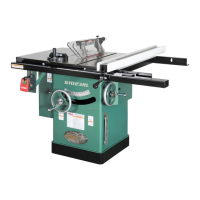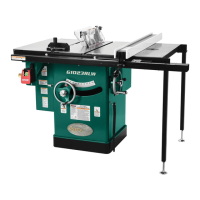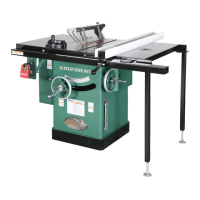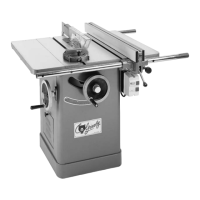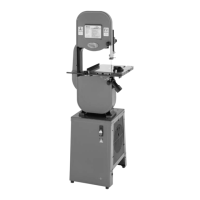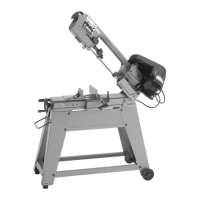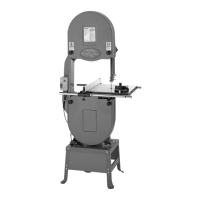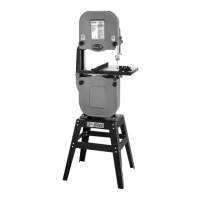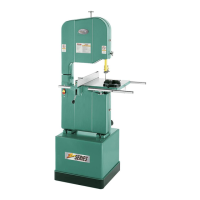What to do if workpiece burns or binds when feeding with my Grizzly G1023RLWX?
- UuyoungAug 22, 2025
If the workpiece burns or binds when feeding your Grizzly Saw, it could be due to several reasons. The riving knife or spreader may not be correctly aligned with the blade; adjust them accordingly. The fence may not be parallel with the blade, causing pressure at the blade's backside; adjust the fence to be parallel. The blade might be warped or damaged, requiring replacement. Finally, the blade may have too many teeth for the cutting type, so changing to a blade with fewer teeth might be necessary.


